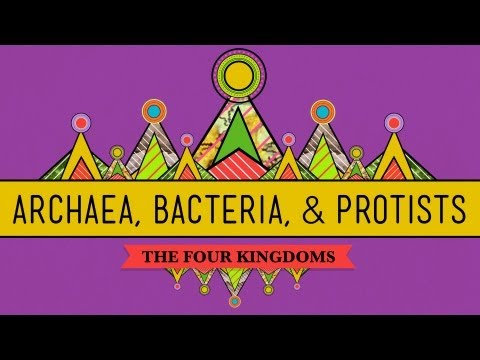6.20: Putting It Together- Prokaryotes
- Page ID
- 44599
At the beginning of this lesson, we talked about a recent case of a superbug: a strain of Klebsiella that was resistant to all twenty-six of the available antibiotics.
Think about It
Can you guess how this strain of Klebsiella became so resistant?
[practice-area rows=”4″][/practice-area]
[reveal-answer q=”863404″]Show Our Thoughts[/reveal-answer]
[hidden-answer a=”863404″]These resistant bacteria are known as “superbugs”: they result from the overuse of antibiotics. As more and more antibiotics are used, only the bacteria who can survive the antibiotics survive, and they pass this resistance on to later generations. With this knowledge, we can guess that the bacteria originated from an area with particularly high antibiotic overuse. Bacteria can also share resistance genes across species lines, so antibiotic resistance in general increases, even if an antibiotic is only used on one or two species.[/hidden-answer]
Remember, prokaryotes represent a broad spectrum of organisms. This video teaches us about the (mostly) single-celled organisms that make up two of the three taxonomic domains of life, and one of the four kingdoms: Archaea, Bacteria, and Protists (which we’ll learn about in the next module). They are by far the most abundant organisms on Earth, and are our oldest, oddest relatives.
Contributors and Attributions
- Putting It Together: Prokaryotes. Authored by: Shelli Carter and Lumen Learning. Provided by: Lumen Learning. License: CC BY: Attribution
- Old & Odd: Archaea, Bacteria & Protists - CrashCourse Biology #35. Authored by: CrashCourse. Located at: https://youtu.be/vAR47-g6tlA. License: All Rights Reserved. License Terms: Standard YouTube License


